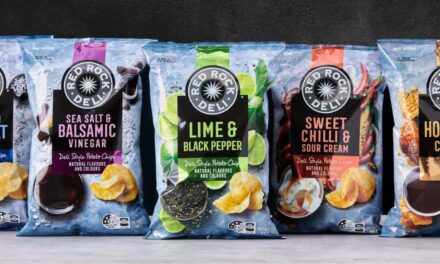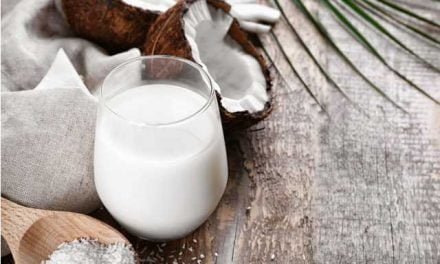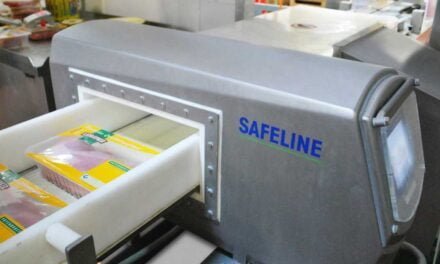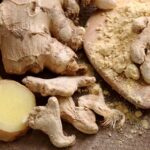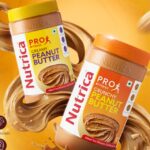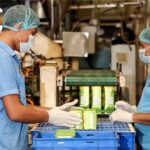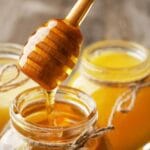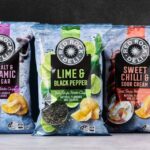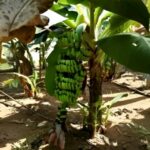How freezing slows down spoilage
Fish, meat, and vegetables are all perishable commodities and so if one keeps them for long they will lose their sensory and nutritive quality initially and then will lose microbial quality and will spoil becoming unfit for human consumption. These changes take place as in all these natural substances there are enzymes and microbes naturally present.
They are acting as the foods are kept, and if one makes the conditions of storage not conducive for these changes, the rate of change will slow down. As enzymes and microbes need water, we have seen earlier that when water is removed by drying, these changes will slow down or stop for a long time. Similarly, they also need a temperature suitable for their growth, and so if you lower the temperature, their rate of growth and activity will slow down, and at a sufficiently low temperature, they will stop for a long time.
Comparison of chilling or refrigeration with freezing
Ambient temperature may be around 30°C, although it may change depending on geography and season. This temperature is ideal for growth for most microbes and enzymes. When we keep fruits and vegetables and milk in the refrigerator, the temperature is lowered to about 4 to 10°C, and their activity is slowed down. This is also called chilling. Freezing is usually referred to as temperatures below 0°C at which water freezes. Commercial food is best frozen at –18°C. One must remember that although freezing almost stops all microbial activity in foods, there are still some microbes that can grow at extremely low temperatures, although at a slow rate. So even frozen foods have a limited shelf life.
Freezing Process
Freezing is carried out as rapidly as possible to limit the changes that take place in the produce. When fruits and vegetables are harvested, they are still respiring and enzymic changes are taking place in them continuously. These need to be arrested until the temperature reaches a low due to freezing. Some fungi can also grow at very low temperatures before freezing. Blanching of vegetables is carried out by dipping them in hot water or using steam that kills fungi and deactivates the enzymes. Some enzymes in fruits need to be stopped by non-thermal means, as heat may cause undesirable changes in them. Ascorbic acid helps stop these enzymes.
Freezing is done with cold air, which is forced onto pieces of fruit, vegetables, meat, and fish. The air cools it rapidly, but also sometimes takes away moisture from the surface, causing freezer burn. So, slower cooling without the flow of air is carried out. When pieces are smaller, the freezing is more rapid. Also, if the surface of food is in contact with the metal cooling surface, the rate is faster, as in accelerated freezing.
Nowadays, dry ice or liquid nitrogen is also used in specialised applications where the freezing rate is extremely rapid and the freezing medium evaporates without leaving any residue. Produce is rapidly frozen to –18°C, where it can remain for a long time. It is very important to maintain a low temperature, as any thawing can result in an increase in the size of ice crystals when refrozen, but sometimes, spoilage may take place.


